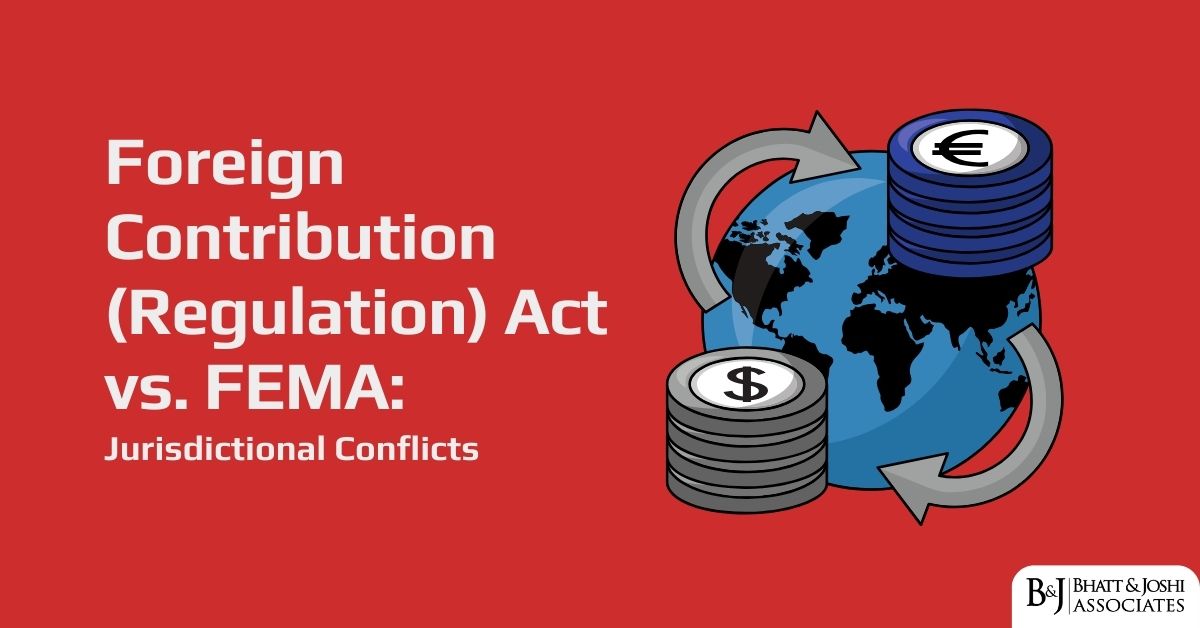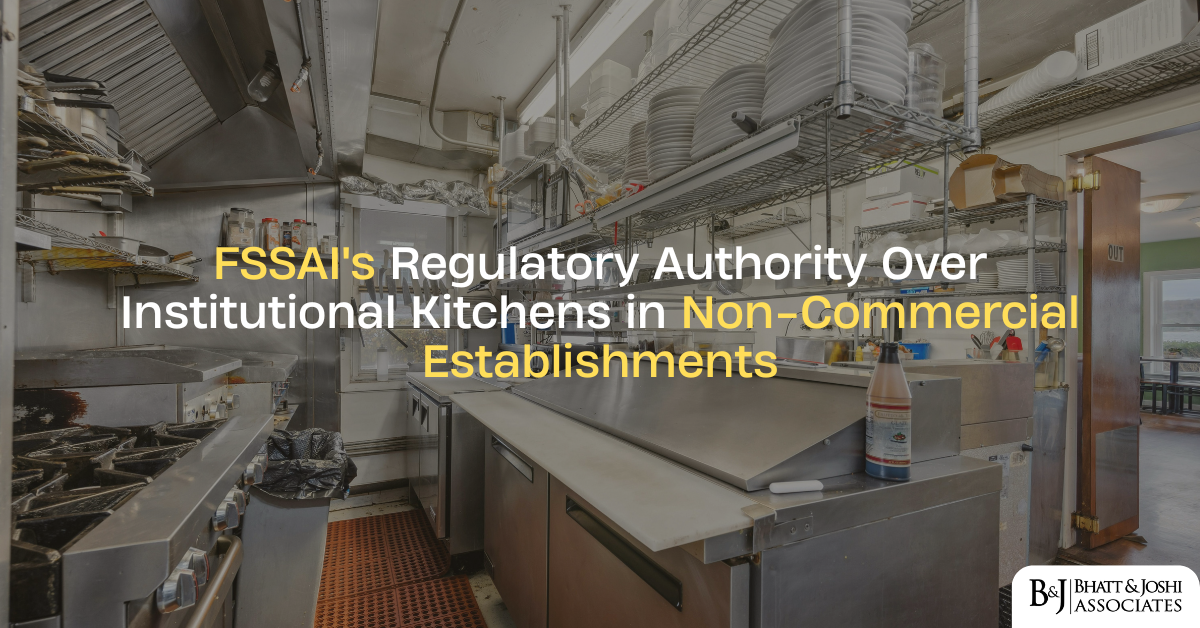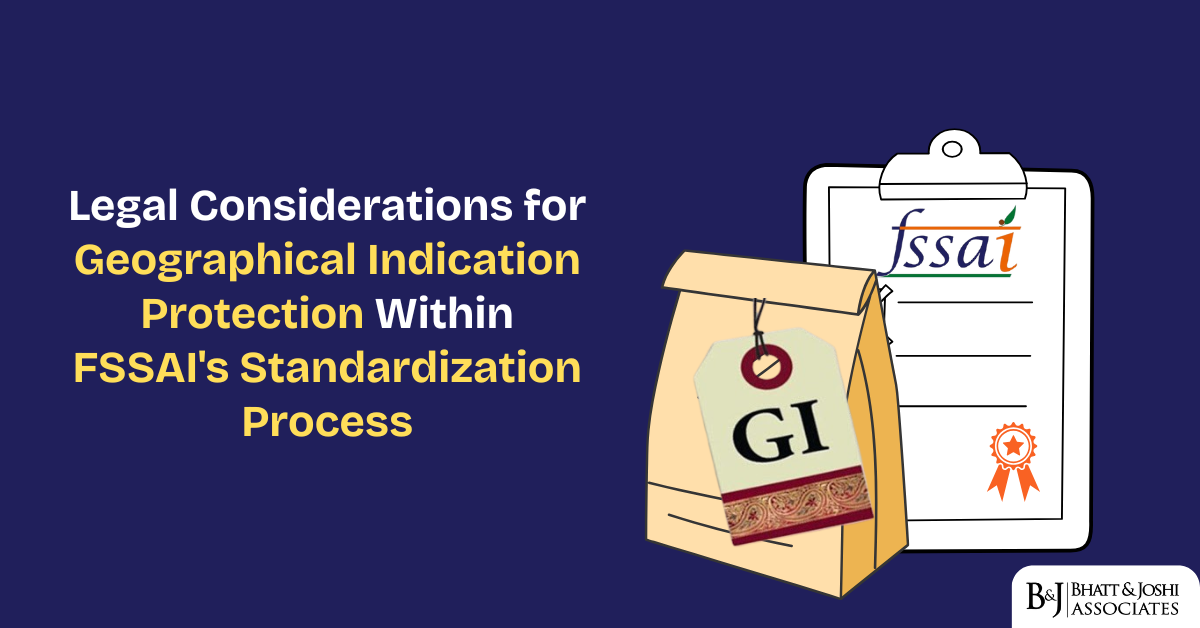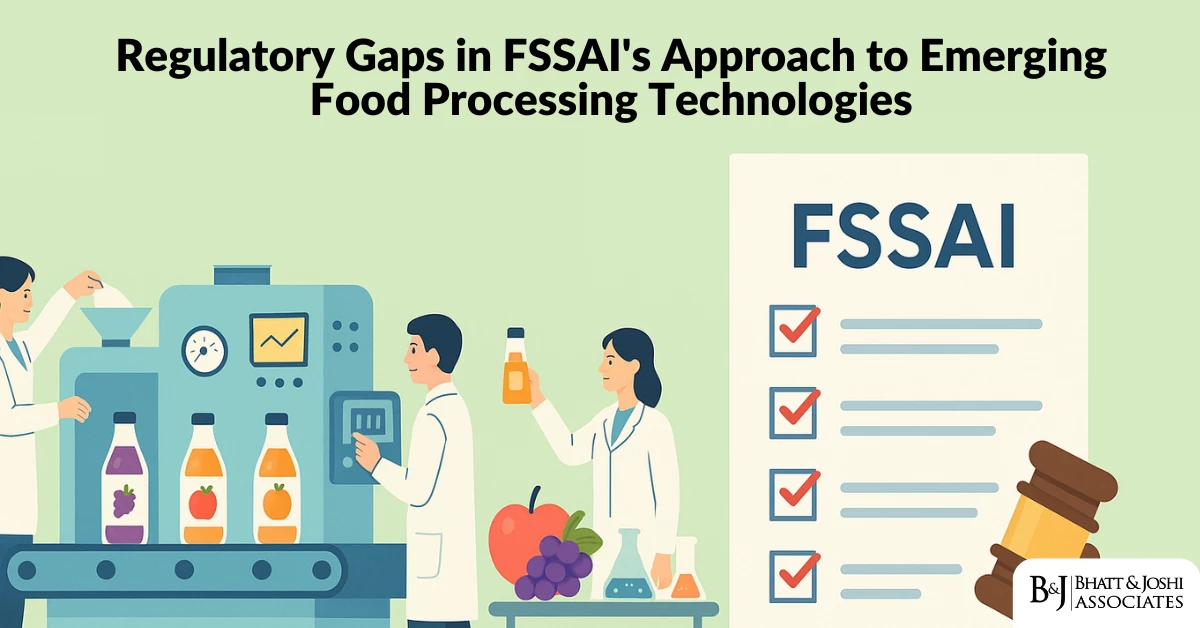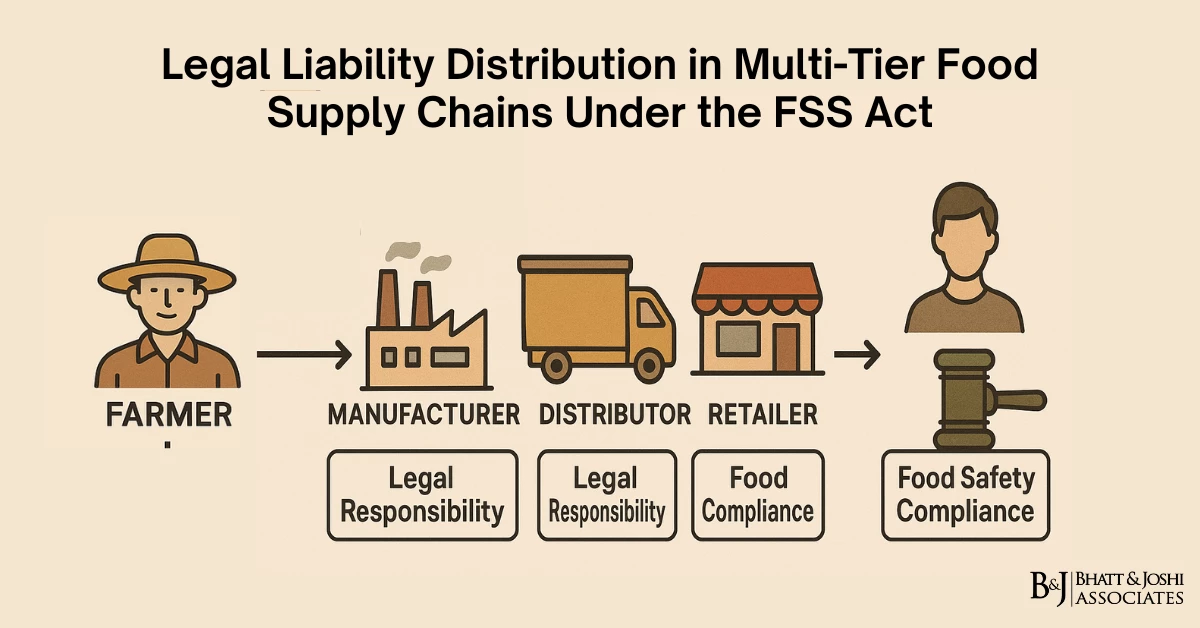Introduction
The regulatory framework governing foreign inflows into India comprises two distinct legal regimes – the Foreign Contribution (Regulation) Act, 2010 (FCRA) and the Foreign Exchange Management Act, 1999 (FEMA). While both laws regulate the receipt of foreign funds by Indian entities, they operate with fundamentally different objectives, enforcement mechanisms, and jurisdictional boundaries. FCRA primarily aims to regulate foreign contributions to ensure they do not adversely affect national interests, while FEMA focuses on facilitating external trade and payments while managing foreign exchange markets. This legislative duality, central to the debate on FCRA vs. FEMA, has created significant jurisdictional overlaps, interpretative challenges, and compliance complexities for organizations receiving funds from foreign sources.
This article examines the jurisdictional conflicts between these two parallel regulatory frameworks, analyzing areas of convergence and divergence, identifying ambiguities in legislative boundaries, and evaluating judicial interpretations that have attempted to resolve these conflicts. Through analysis of landmark case law, regulatory developments, and enforcement patterns, the article provides insights into how courts have navigated these jurisdictional tensions and offers strategic guidance for stakeholders operating at this complex regulatory intersection.
Legislative Intent and Key Comparison: FCRA vs. FEMA
FCRA: National Security and Public Interest Framework
The Foreign Contribution (Regulation) Act, 2010, which replaced its 1976 predecessor, establishes a restrictive framework governing foreign contributions to organizations in India. The preamble of the Act explicitly states its purpose as regulating “the acceptance and utilization of foreign contribution or foreign hospitality by certain individuals or associations or companies and to prohibit acceptance and utilization of foreign contribution or foreign hospitality for any activities detrimental to the national interest.”
This security-centric approach was emphasized by the Supreme Court in Noel Harper & Ors. v. Union of India (2022), where the Court upheld the 2020 amendments to FCRA, observing that “receiving foreign donations cannot be an absolute or even a vested right. By its very expression, it is a reflection on the constitutional morality of the nation as a whole being incapable of looking after its own needs and problems.” The Court further noted that FCRA’s primary concern is “the values that need to be zealously guarded by the democratic nation to ensure its survival as a sovereign nation with true freedom secured for its citizens.”
The Delhi High Court in Indian Social Action Forum v. Union of India (2019) similarly recognized the national security dimensions of FCRA, noting that “the legislation is informed by the objective of ensuring that parliamentary institutions, political associations, academic and other voluntary organizations as well as individuals working in important areas of national life should function in a manner consistent with the values of a sovereign democratic republic.”
FEMA: Economic Management Framework
In stark contrast, the Foreign Exchange Management Act, 1999, which replaced the more restrictive Foreign Exchange Regulation Act, 1973, was enacted with the explicit objective of “facilitating external trade and payments and for promoting the orderly development and maintenance of foreign exchange market in India.” This marked a paradigm shift from control to management of foreign exchange transactions.
In Directorate of Enforcement v. MCTM Corporation Pvt. Ltd. (2014), the Supreme Court highlighted this transition, noting that “FEMA represents a significant shift in legislative policy, moving away from the stringent control mechanisms under FERA towards a more facilitative framework aligned with liberalization objectives, while retaining necessary regulatory oversight for macroeconomic stability.”
The Bombay High Court, in Standard Chartered Bank v. Directorate of Enforcement (2020), further clarified FEMA’s economic focus, observing that “unlike FERA, which was primarily a criminal statute, FEMA is essentially a civil regulatory mechanism designed to support India’s growing integration with the global economy while maintaining necessary safeguards against destabilizing capital movements.”
FCRA vs. FEMA: Jurisdictional Overlaps and Regulatory Ambiguities
Definitional Overlaps
A key area of jurisdictional conflict in the FCRA vs. FEMA regulatory landscape stems from overlapping definitions within the two laws. Section 2(1)(h) of the Foreign Contribution Regulation Act (FCRA) defines “foreign contribution” to include donations, deliveries, or transfers made by any foreign source of articles, currency, or foreign securities. On the other hand, the Foreign Exchange Management Act (FEMA) governs all dealings in “foreign exchange,” defined in Section 2(n) as foreign currency, including deposits, credits, and balances payable in any foreign currency. This overlap often leads to confusion about which law applies to certain foreign fund transactions.
This definitional overlap creates a situation where the same transaction might simultaneously qualify as a “foreign contribution” under FCRA and a “foreign exchange” transaction under FEMA, triggering dual compliance requirements.
In Christian Institute of Health Sciences & Research v. Union of India (2019), the Gauhati High Court addressed this overlap, noting that “the concurrent applicability of both FCRA and FEMA to the same financial inflow creates regulatory complexity without corresponding public benefit. The absence of clear jurisdictional boundaries undermines legal certainty and imposes disproportionate compliance burdens.”
Organizational Coverage
Another significant area of jurisdictional ambiguity concerns the types of organizations subject to each regulatory framework. FCRA applies to “associations” and “persons,” with specific provisions for organizations of a political nature, while FEMA applies more broadly to all “persons resident in India,” including individuals, companies, associations, and other entities.
In State Intelligence Department v. Cardamom Marketing Corporation & Ors. (2021), the Kerala High Court examined this overlapping jurisdiction, observing that “cooperatives and producer companies simultaneously fall within the regulatory ambit of both FCRA and FEMA, creating a complex compliance environment where authorization under one regime does not preclude enforcement action under the other.”
The Delhi High Court, in Care India Solutions for Sustainable Development v. Union of India (2020), further elaborated on this challenge, noting that “the same entity may face different, and potentially contradictory, regulatory expectations under FCRA and FEMA, despite engaging in substantively similar transactions with foreign counterparts.”
Transactional Ambiguities
Certain types of transactions fall into grey areas between the two regulatory frameworks. Commercial transactions with foreign elements, consultancy fees from foreign sources, and foreign investments in certain organizational forms exemplify this ambiguity.
In Compassion East India v. Union of India (2017), the Delhi High Court addressed the classification of inter-organizational transfers with foreign origins, noting that “the distinction between commercial consideration and foreign contribution is not always self-evident, particularly in complex organizational structures spanning multiple jurisdictions and involving various forms of value transfer.”
The Supreme Court, in Vedanta Limited v. Union of India (2020), considered whether corporate social responsibility (CSR) contributions from Indian subsidiaries of foreign companies constitute foreign contributions, observing that “transactions that are primarily commercial in nature but include elements of social benefit or organizational support create particularly complex classification challenges under the parallel frameworks of FCRA and FEMA.”
FCRA vs. FEMA: Jurisdiction and Enforcement Challenges
Conflicting Compliance Requirements
The dual regulatory frameworks under FCRA vs. FEMA impose potentially conflicting compliance obligations. FCRA requires prior permission or registration for receiving foreign contributions, mandates specific banking arrangements, and restricts the utilization of foreign funds. FEMA, on the other hand, operates through a combination of general permissions and specific approvals, with different banking and reporting requirements.
In Foundation for Civil Liberties v. Union of India (2018), the Delhi High Court acknowledged this challenge, noting that “compliance with one regulatory framework does not guarantee compliance with the other, creating a dilemma for organizations that must simultaneously navigate both regimes when receiving funds from foreign sources.”
The Bombay High Court, in Lawyers Collective v. Union of India (2019), addressed the implications of these conflicting requirements, observing that “the divergent regulatory approaches under FCRA and FEMA create particular challenges for non-profit organizations engaged in cross-border activities, who must reconcile security-oriented restrictions with liberalized economic frameworks.”
Overlapping Enforcement Actions
The separate enforcement mechanisms under each Act create the potential for parallel or sequential enforcement actions against the same entity for the same transaction under FCRA vs. FEMA. FCRA violations can lead to criminal prosecution and imprisonment, while FEMA violations typically result in civil penalties and, in certain cases, adjudication proceedings
In People’s Union for Civil Liberties v. Union of India (2020), the Supreme Court considered this dual enforcement framework, observing that “the possibility of concurrent or consecutive proceedings under both FCRA and FEMA for the same underlying transaction raises significant questions of proportionality and potential double jeopardy concerns, though technically operating in distinct legal domains.”
The Delhi High Court, in Common Cause v. Union of India (2017), further elaborated on enforcement overlaps, noting that “the parallel investigation and enforcement mechanisms under FCRA and FEMA create the risk of inconsistent factual determinations and disproportionate aggregate penalties, particularly for technical or inadvertent violations.”
Key Judicial Rulings on FCRA and FEMA
Supreme Court on Legislative Boundaries
The Supreme Court has addressed the relationship between FCRA and FEMA in several significant judgments. In Noel Harper & Ors. v. Union of India (2022), the Court emphasized the distinct purposes of the two legislations:
“While FEMA primarily regulates economic aspects of foreign exchange transactions with the objective of promoting orderly development of the foreign exchange market, FCRA imposes restrictions on the acceptance and utilization of foreign contributions to safeguard national interest, including sovereignty, integrity, and public order. These distinct legislative objectives justify parallel regulatory frameworks, despite certain operational overlaps.”
In an earlier case, Indian Social Action Forum v. Union of India (2020), the Supreme Court delineated the jurisdictional boundaries, noting that “FCRA’s restrictions must be understood as specific exceptions to the generally liberalized foreign exchange regime under FEMA, justified by the heightened sensitivity of foreign funding in certain spheres of national life, particularly activities of a political nature.”
High Courts on Practical Reconciliation
Various High Courts have addressed the practical challenges of navigating the dual regulatory frameworks. In Rural Litigation and Entitlement Kendra v. Union of India (2019), the Uttarakhand High Court provided guidance on reconciling conflicting requirements:
“Where both FCRA and FEMA apply to a transaction, the more restrictive FCRA requirements must be satisfied first, followed by compliance with any additional FEMA obligations. Authorization under FEMA cannot override specific prohibitions under FCRA, given the latter’s national security orientation.”
The Delhi High Court, in Human Rights Law Network v. Union of India (2018), addressed jurisdictional conflicts in enforcement actions, observing that “where parallel proceedings under FCRA and FEMA have been initiated for the same transaction, courts may consider principles of proportionality and consistency to prevent duplicative penalties that exceed the gravity of the underlying regulatory violation.”
Interpretative Approaches to Ambiguous Transactions
Courts have developed various interpretative approaches to resolve ambiguities in transaction classification. In Centre for Promotion of Social Concerns v. Union of India (2020), the Madras High Court articulated a “primary purpose” test:
“In determining whether a transaction falls primarily under FCRA or FEMA, courts must examine the predominant purpose and substance of the arrangement rather than its mere form. Where the primary purpose is commercial exchange of approximately equal value, FEMA would generally be the appropriate regulatory framework, while gratuitous or significantly imbalanced transfers would typically fall under FCRA.”
The Delhi High Court, in Amnesty International India Private Limited v. Union of India (2021), adopted a “substance over form” approach, noting that “complex structures involving foreign equity investments coupled with grants or donations require careful scrutiny to determine the actual nature of the arrangement. The mere interposition of corporate entities cannot transform what is essentially a foreign contribution into a foreign investment outside FCRA’s purview.”
Specific Transaction Types and Judicial Guidance
Commercial Transactions with Social Elements
Transactions that combine commercial and social elements present particular classification challenges. In Greenpeace India Society v. Union of India (2019), the Delhi High Court examined consultancy arrangements between affiliated organizations, observing that “where services are genuinely rendered and appropriately compensated at market rates, such arrangements would generally fall outside FCRA’s purview despite the foreign origin of the funds, being regulated instead under FEMA’s service export framework.”
The Bombay High Court, in Compassion International Inc. v. Union of India (2018), addressed grants disguised as commercial payments, noting that “arrangements structured as commercial contracts but functioning substantively as donations or grants cannot escape FCRA scrutiny merely through contractual characterization. Courts will examine the economic substance and reasonable market value of any services purportedly rendered.”
Foreign Investment in Non-Profits
The categorization of foreign capital contributions to non-profit entities presents another area of jurisdictional ambiguity. In Foundation for Medical Research v. Union of India (2021), the Bombay High Court considered equity contributions to Section 8 companies, observing that “capital contributions to non-profit companies, despite their investment form, may functionally constitute foreign contributions under FCRA where they support activities typically funded through grants or donations, particularly in policy advocacy or social development.”
The Delhi High Court, in Public Health Foundation of India v. Union of India (2022), further clarified this distinction, noting that “the mere corporate form of a recipient organization does not automatically characterize foreign funds as investments rather than contributions. The actual utilization and disposition of such funds, and whether they generate returns for the provider, are relevant considerations in determining the applicable regulatory framework.”
Inter-Organizational Transfers
Transfers between affiliated organizations with foreign connections create particularly complex jurisdictional questions. In Care Today Fund v. Union of India (2020), the Delhi High Court addressed transfers from Indian entities that had received foreign funds, observing that “the subsequent domestic transfer of funds with foreign origin remains subject to FCRA restrictions despite potential concurrent regulation under FEMA, reflecting legislative concern with the ultimate source rather than immediate provider of funds.”
The Karnataka High Court, in ActionAid Association v. Union of India (2021), examined structural relationships between international and Indian entities, noting that “organizational restructuring that converts what would otherwise be direct foreign contributions into domestic transfers cannot circumvent FCRA’s regulatory framework, particularly where substantial programmatic or governance connections persist with the original foreign source.”
Recent Legislative and Regulatory Developments
FCRA Amendments and Their Impact
The Foreign Contribution (Regulation) Amendment Act, 2020, introduced significant changes affecting the jurisdictional relationship with FEMA. In Voluntary Action Network India v. Union of India (2022), the Delhi High Court examined these amendments, observing that “the prohibition on sub-granting, mandatory FCRA accounts with a specified bank branch, and reduced administrative expense caps collectively represent a legislative policy choice to further restrict foreign funding channels, creating additional points of divergence from the generally liberalizing trajectory of FEMA.”
The Supreme Court, in Noel Harper & Ors. v. Union of India (2022), upheld these amendments, noting that “the heightened restrictions reflect legitimate legislative judgment regarding national security implications of foreign funding, which justifies a regulatory approach distinct from and more restrictive than the economic management framework of FEMA.”
RBI Guidelines on Cross-Border Transactions
The Reserve Bank of India has issued various circulars attempting to clarify the relationship between FEMA and FCRA requirements. In Reserve Bank of India v. Osia Infotech Ltd. (2021), the Bombay High Court examined these guidelines, observing that “while the RBI appropriately recognizes that FCRA compliance may be independently required for certain transactions, its regulatory framework does not fully resolve jurisdictional ambiguities, particularly for hybrid transactions with both commercial and donative elements.”
The Delhi High Court, in NASSCOM v. Reserve Bank of India (2020), further noted that “the RBI’s liberalized remittance scheme and service export frameworks operate in parallel with, rather than in replacement of, FCRA requirements, necessitating coordination between regulatory authorities to provide clear compliance guidance for transactions potentially subject to both regimes.”
Strategic Compliance for FCRA and FEMA
Transaction Structuring Considerations
Courts have recognized legitimate transaction structuring while emphasizing substance over form. In Ernst & Young Foundation v. Union of India (2019), the Delhi High Court observed that “while organizations may structure transactions to achieve regulatory clarity, arrangements designed primarily to circumvent FCRA through artificial commercial characterization risk judicial recharacterization based on their substantive economic and operational reality.”
The Bombay High Court, in Tata Trusts v. Union of India (2021), addressed corporate foundation funding, noting that “corporate social responsibility contributions, including those from companies with foreign investment below sectoral thresholds, generally fall outside FCRA’s purview when made directly by the Indian company. However, complex routing arrangements that disguise the foreign source may attract regulatory scrutiny under both frameworks.”
Documentation and Disclosure Strategies
Comprehensive documentation has emerged as a key strategy for navigating jurisdictional ambiguities. In Indira Gandhi National Centre for Arts v. Union of India (2020), the Delhi High Court emphasized the importance of clear documentation, observing that “contemporaneous documentation clearly establishing the commercial nature and market-based valuation of services rendered can significantly strengthen the case for FEMA rather than FCRA treatment, particularly for organizations operating in both commercial and charitable spheres.”
The Karnataka High Court, in Centre for Internet and Society v. Union of India (2019), addressed disclosure considerations, noting that “proactive disclosure to both regulatory authorities where jurisdictional ambiguity exists, though creating initial complexity, can mitigate long-term enforcement risks arising from inconsistent regulatory classifications of borderline transactions.”
Conclusion
The jurisdictional conflicts between FCRA vs. FEMA represent a significant challenge for organizations receiving foreign funds in India. The case law examined in this article reveals a complex judicial balancing act between recognizing the distinct purposes of these parallel regulatory frameworks while providing practical guidance for navigating their intersections.
The courts have generally acknowledged the legitimacy of dual regulatory frameworks given their different legislative objectives—national security and public interest for FCRA versus economic management for FEMA. However, they have also recognized the practical difficulties and potential unfairness arising from overlapping jurisdiction, developing interpretative principles focused on substance over form, primary purpose, and contextual analysis to resolve ambiguities.
The recent trend toward more restrictive FCRA provisions, as reflected in the 2020 amendments, has widened the gap between the two regulatory frameworks, creating additional compliance challenges for organizations subject to both regimes. This divergence reflects broader tensions between security concerns and economic liberalization in India’s approach to cross-border transactions.
For stakeholders navigating this complex regulatory landscape, the judicial guidance suggests several strategic approaches: careful transaction structuring based on genuine commercial substance rather than mere form; comprehensive documentation establishing market-based valuations for services; proactive engagement with regulatory authorities; and integrated compliance frameworks that simultaneously address requirements under both regimes.
As both regulatory frameworks continue to evolve, ongoing judicial interpretation will remain essential for resolving jurisdictional conflicts between FCRA vs. FEMA. The courts’ challenge will be to maintain coherence between these parallel regimes while respecting their distinct legislative objectives and providing practical guidance for organizations operating at their complex intersection.





